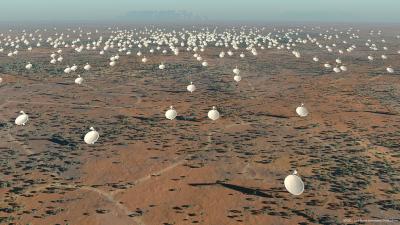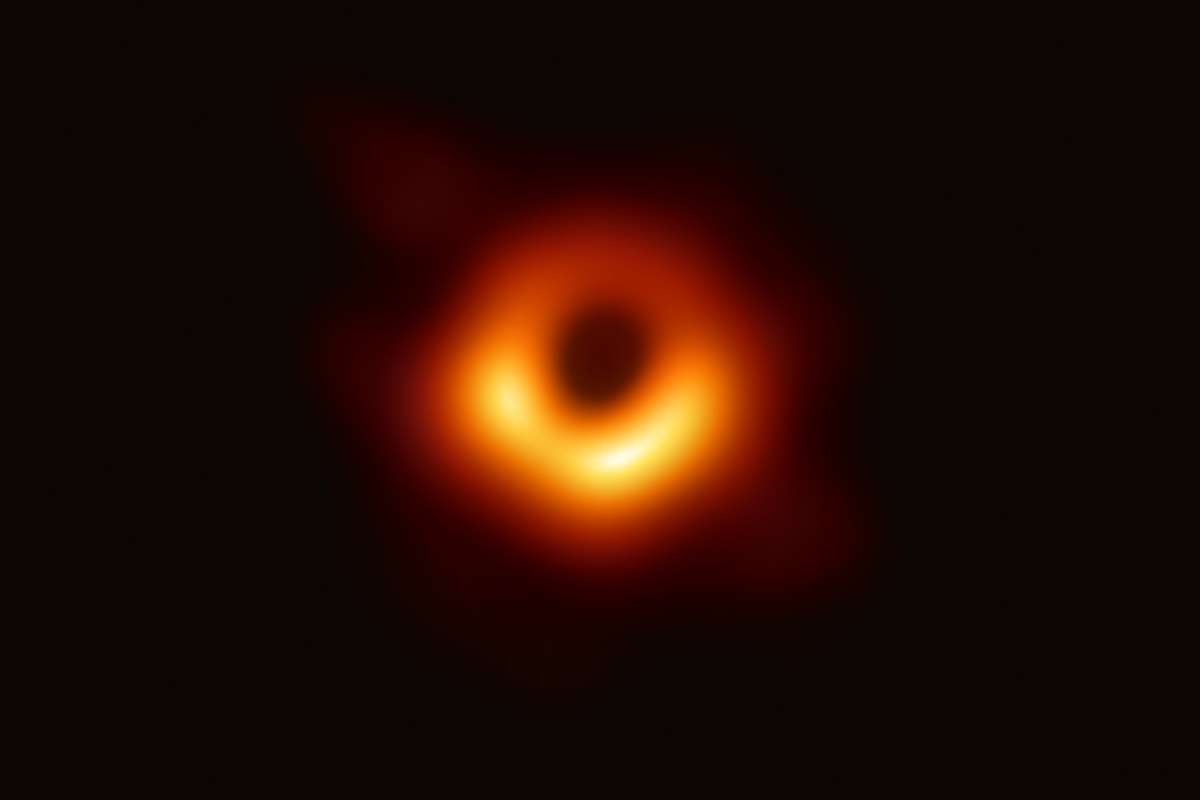Interferometry
What is Interferometry?
Interferometry is a technique used by scientists and engineers. Tools called interferometers add together 2 or more waves of light. When they do this, the waves of light interact (or interfere) with each other. This can add the waves together, making them brighter. It can also cancel the waves out. Interference only takes place if the waves come from the same object or have the same frequency. We call these types of wave coherent.
In astronomy, interferometers combine the light collected by more than one telescope. This lets telescopes act together as one bigger ‘virtual telescope'. The waves of light from each telescope are added together which makes them brighter. Interferometry makes it possible to see fainter objects in more detail.
Interferometers are useful in lots of areas of science, not just astronomy. They were first used in the 19th century to measure the speed of light in different directions. Today, they are used in telecoms, biology and medicine, as well as astronomy.

Credit: SKA
Why are interferometers useful for astronomers?
Connecting telescopes using interferometry gives astronomers a bigger ‘virtual telescope’. Our view of the sky gets better with the size of a telescope’s mirror. The bigger the mirror, the more light a telescope can collect. So when more than one telescope work together, they collect more light than each one could on its own. This helps us see more distant, or fainter, objects.
Bigger telescopes also give sharper images and show more detail. Each telescope has a ‘resolving power’. This tells us how far two points must be from each other for the telescope to tell them apart. If they are any closer, the telescope will blur them together. Resolving power depends on the size of the mirror as well as the wavelength of light being looked at.
The light we can see with our eyes has a wavelength between 0.0004 - 0.0007 mm. But radio waves are thousands of times longer. This means a radio telescope with the same resolving power as an optical one must be thousands of times bigger.
It is not possible to build a single radio telescope which is thousands of metres across. So astronomers use interferometry. Scientists and engineers make tens or hundreds of smaller radio telescopes which work together. This ‘virtual telescope’ has the resolving power of a much bigger telescope.
There are downsides to interferometry. As a virtual telescope is not a single dish, it acts as if it has lots of ‘gaps’ in its mirror. This means the image won’t be as bright as one produced by a single telescope of the same size.
Interferometers are also very hard to design and build. The light from a single object reaches each part of the interferometer at a different time. If you just combined all the light, it would look like a jumbled mess. Interferometers have to work out the exact time when each part of the device received the light. Super-computers called ‘correlators’ keep track of all the signals and put the data back in sync. The telescopes must also be laid out in set patterns, or arrays. If they were in one straight line, they would miss a lot of the information.
What are interferometers used for in astronomy?

Image from the EHT Consortium/ESO
Many large telescopes today use interferometry. Telescopes like the SKA radio telescope and the VLT optical telescope. They study the most extreme objects in the Universe as well as hunt for exoplanets. LIGO and LISA use laser interferometer to detect gravitational waves. LISA will be the first interferometer in space!
Astronomers have even made a planet-sized interferometer. The Event Horizon Telescope (EHT) links up radio telescopes across the whole Earth. In 2019, they used it to create the first ever image of a black hole.

